Lucas Young
HIME: Efficient Headshot Image Super-Resolution with Multiple Exemplars
Mar 28, 2022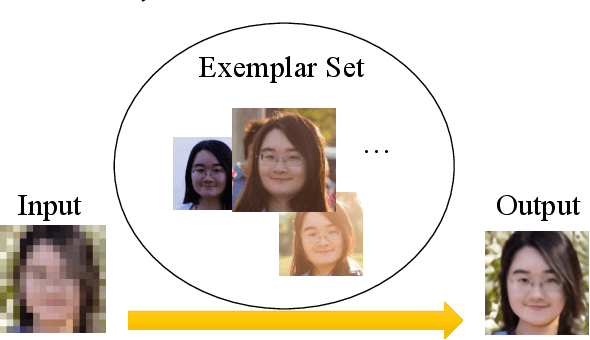
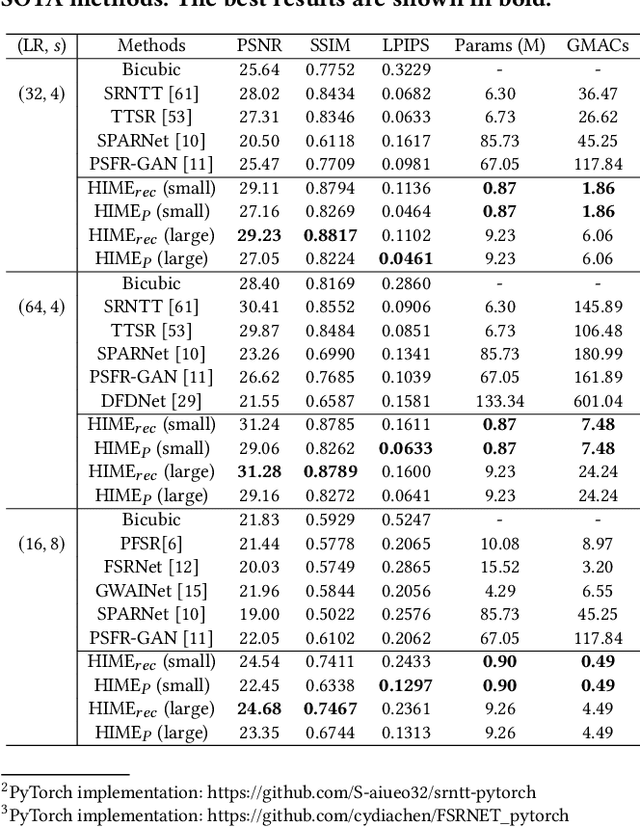
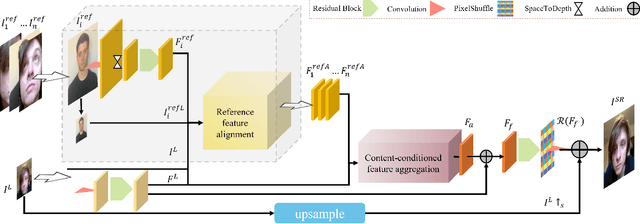
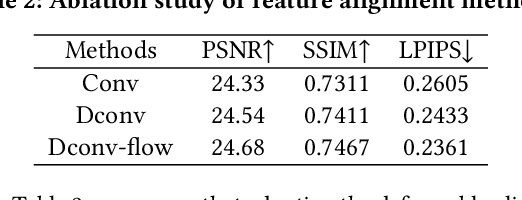
Abstract:A promising direction for recovering the lost information in low-resolution headshot images is utilizing a set of high-resolution exemplars from the same identity. Complementary images in the reference set can improve the generated headshot quality across many different views and poses. However, it is challenging to make the best use of multiple exemplars: the quality and alignment of each exemplar cannot be guaranteed. Using low-quality and mismatched images as references will impair the output results. To overcome these issues, we propose an efficient Headshot Image Super-Resolution with Multiple Exemplars network (HIME) method. Compared with previous methods, our network can effectively handle the misalignment between the input and the reference without requiring facial priors and learn the aggregated reference set representation in an end-to-end manner. Furthermore, to reconstruct more detailed facial features, we propose a correlation loss that provides a rich representation of the local texture in a controllable spatial range. Experimental results demonstrate that the proposed framework not only has significantly fewer computation cost than recent exemplar-guided methods but also achieves better qualitative and quantitative performance.
Learning Spatio-Temporal Downsampling for Effective Video Upscaling
Mar 15, 2022

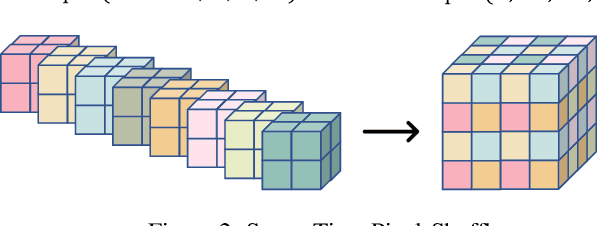
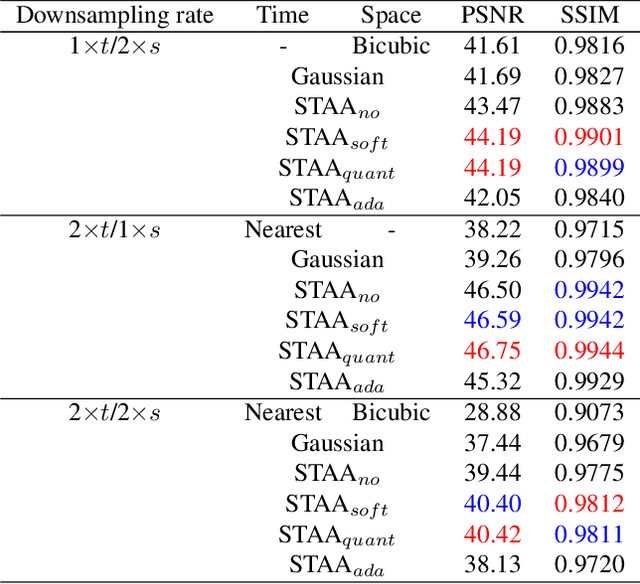
Abstract:Downsampling is one of the most basic image processing operations. Improper spatio-temporal downsampling applied on videos can cause aliasing issues such as moir\'e patterns in space and the wagon-wheel effect in time. Consequently, the inverse task of upscaling a low-resolution, low frame-rate video in space and time becomes a challenging ill-posed problem due to information loss and aliasing artifacts. In this paper, we aim to solve the space-time aliasing problem by learning a spatio-temporal downsampler. Towards this goal, we propose a neural network framework that jointly learns spatio-temporal downsampling and upsampling. It enables the downsampler to retain the key patterns of the original video and maximizes the reconstruction performance of the upsampler. To make the downsamping results compatible with popular image and video storage formats, the downsampling results are encoded to uint8 with a differentiable quantization layer. To fully utilize the space-time correspondences, we propose two novel modules for explicit temporal propagation and space-time feature rearrangement. Experimental results show that our proposed method significantly boosts the space-time reconstruction quality by preserving spatial textures and motion patterns in both downsampling and upscaling. Moreover, our framework enables a variety of applications, including arbitrary video resampling, blurry frame reconstruction, and efficient video storage.
 Add to Chrome
Add to Chrome Add to Firefox
Add to Firefox Add to Edge
Add to Edge